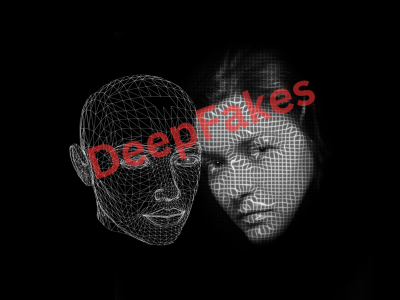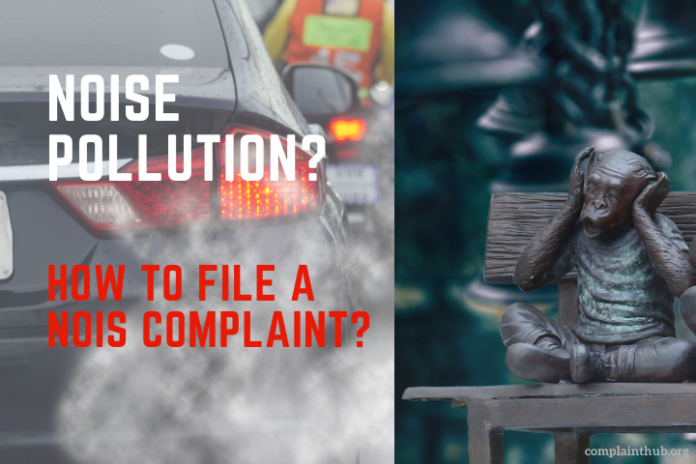In an era dominated by advanced technology, the rise of deepfake content has emerged as a formidable challenge, blurring the lines between reality and manipulation. Recent incidents of deepfakes of celebrities show the threats to society.
Deepfakes, powered by artificial intelligence, enable the seamless replacement of faces and voices in videos, creating entirely fabricated content. As these synthetic creations become more sophisticated, concerns surrounding their potential for misuse, blackmailing, scamming, misinformation, and harm to individuals are on the rise.
So, every person should know the mechanisms available for individuals to file complaints against deepfake images or videos, empowering them to take action against the malicious use of this technology.
Consequences of Deepfakes:
- Misinformation and Deception: Deepfakes can be used to spread false information, creating convincing narratives with fabricated content.
- Individual Harm: Individuals may face reputational damage or privacy invasion as their likenesses are maliciously used in manipulated content.
- Business and Political Implications: Deepfakes can disrupt businesses, damage reputations, and impact political landscapes by disseminating misleading information or incriminating fabricated content.
How to Identify Deepfake Content:
- Inconsistencies in Facial Features: Look for unnatural movements, irregularities, or misalignments in facial expressions and features.
- Unusual Artifacts: Deepfakes may exhibit artifacts, such as strange lighting, blurred edges, or distorted backgrounds, especially in manipulated areas.
- Abnormal Facial Expressions: Pay attention to facial expressions that seem out of context or inconsistent with the surrounding content.
- Audio Anomalies: Deepfake videos may have discrepancies between lip movements and speech or exhibit unnatural voice modulations.
Filing Complaints Against Deepfakes:
In the wake of the rising threat of deepfake incidents, individuals in India use available legal channels for reporting such incidents. Know, how to file a complaint against deep fakes:
- Cyber Crime Reporting Portal: Call at 1930 or file a cybercrime complaint through the dedicated National Cyber Crime Reporting Portal (an initiative of the Government of India) for incidents of digital crimes, including deepfake incidents.
- Lodge an FIR at the Local Police Station: Victims can file a First Information Report (FIR) at the local police station. Provide detailed information about the deepfake incident, including evidence and any supporting documentation.
- Reporting on Social Media Platforms: If the deepfake is disseminated through social media platforms such as YouTube, Facebook, X, or Instagram, victims should report the content directly on these platforms. Also, complain to the Grievance Officers appointed by social media platforms (As per the Information Technology Act, 2000).
- Local Police or Cyber Police: If no action has been taken within 24 hours by the respective social media company or platform then, approach the local police station or Cyber Police.
- Government Authorities: Additionally, you may also lodge a public grievance through CPGRAMS to the Ministry of Electronics and Information Technology (MEITY) or for deepfake content on broadcasting channels, report to the Ministry of Information and Broadcasting (MIB).
Some Famous Cases of Deepfakes:
- Rashmika Mandanna Deepfake Video: In a recent incident, the misuse of deepfake technology targeted actor Rashmika Mandanna. The case involved a viral video depicting Mandanna entering an elevator in what seemed like a revealing dress.
- Mandalorian Luke Skywalker Deepfake: Fans used deepfake technology to improve the appearance of Luke Skywalker in The Mandalorian, preferring the realistic result over official CGI.
- Nancy Pelosi Slowed-Down Video: A manipulated video of Nancy Pelosi circulated in 2019, falsely portraying her as drunk. Shared widely on social media, it damaged her reputation before being debunked as a deepfake.
- Obama’s Message to the Public: Comedian Jordan Peele created a deepfake video featuring Barack Obama, emphasizing the ease of creating convincing deepfakes and their potential to manipulate.
- Yang Mi Time Travel Scam: Actress Yang Mi fell victim to a deepfake scam in 2020, as her face and voice were used to create a fake historical drama video, later sold to unsuspecting buyers.
- Zuckerberg Deepfake Confession: In 2019, a deepfake video of Mark Zuckerberg surfaced on Instagram, showing him candidly discussing Facebook’s power. Created as a prank, it aimed to challenge Facebook’s stance on deepfake content.
These incidents reflect the real threats of Artificial Intelligence (AI) technology, if it is used unethically or misused to harm individuals. So, protect yourself and be aware of the recent laws and upcoming regulations to prevent the misuse of AI for deepfake.



















